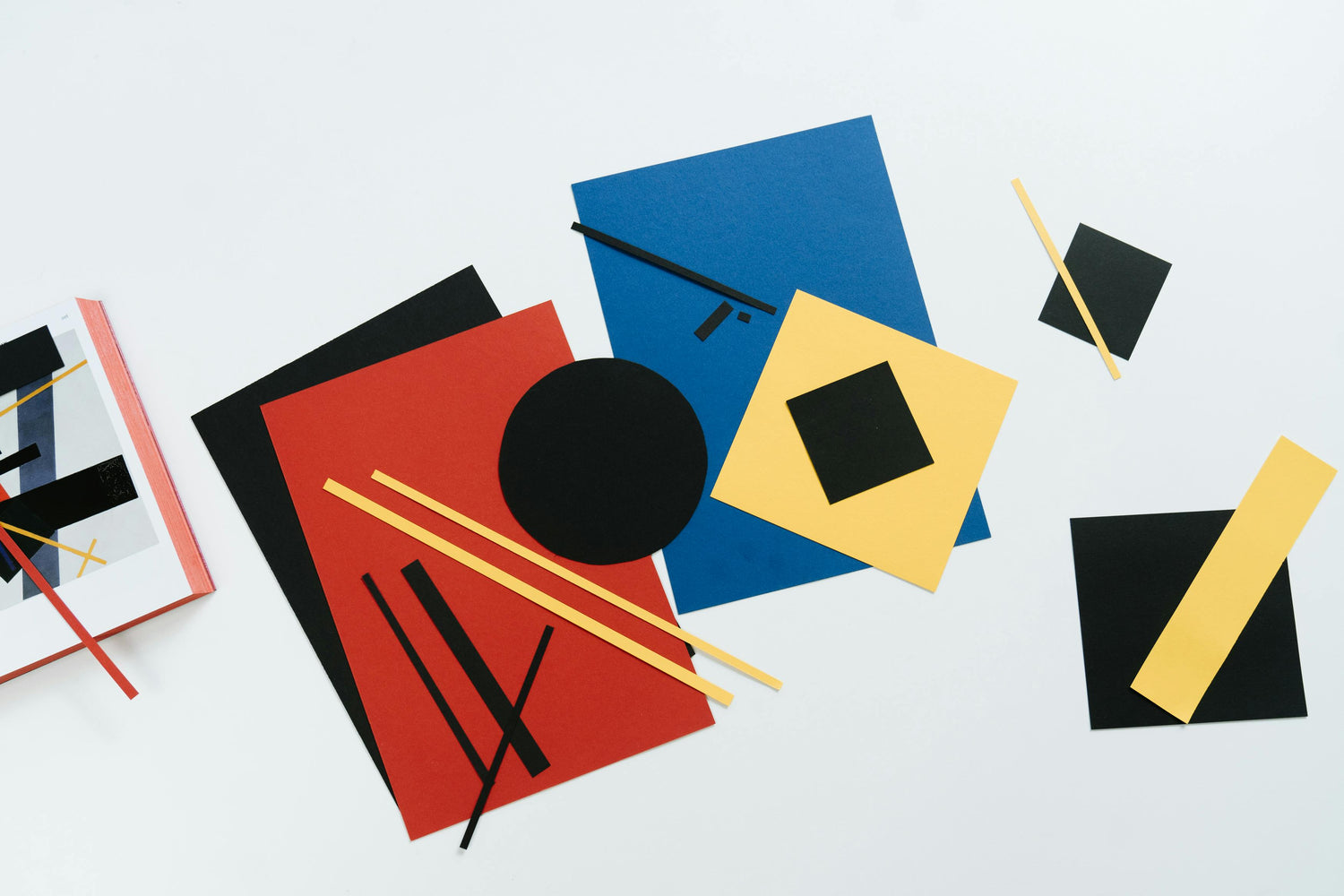Art has always been about exploration. Since humans first painted on cave walls, creativity has grown through combining ideas, experimenting with tools, and testing boundaries. In modern times, one of the most exciting and liberating approaches to art is mixed media. At its heart, mixed media is about breaking down barriers between different materials and techniques, and discovering how they can work together to create something unique. It allows you to experiment, play, and embrace the unexpected.
In this guide, we’ll explore what mixed media actually is, why it’s such a powerful form of expression, and how you can start experimenting with it at home.
What Is Mixed Media?
Mixed media is any artwork that combines more than one material or technique. Instead of working only with watercolours or only with pencils, a mixed media artist might combine collage, ink, and acrylic paint on one canvas. The goal is not just to layer things for the sake of it, but to explore the textures, contrasts, and depth that emerge when different mediums interact.
For example:
A painting that blends acrylic paint with pieces of torn paper.
An artwork that uses ink outlines, watercolour washes, and gold leaf.
A sculpture that incorporates fabric, wire, and clay.
The beauty of mixed media lies in its flexibility. There are no strict rules — you can adapt it to your style, your story, and your materials.
Why Mixed Media Matters
1. Freedom of Expression
Mixed media removes the pressure of perfection. If your drawing feels incomplete, you can add colour washes, textures, or collage elements. If your paint looks flat, you can layer ink or pastel on top.
2. Depth and Texture
Different mediums bring different qualities: smooth pencil lines, rough fabric textures, translucent watercolours, or bold acrylics. When combined, they create dimension that single-media artworks may lack.
3. Accessibility
Mixed media doesn’t require specialist equipment. You can start with whatever you already have at home — pencils, magazines to cut up, glue, and paints. This makes it beginner-friendly and affordable.
4. Therapeutic Benefits
Studies in art therapy suggest that experimenting with multiple materials increases creativity, reduces stress, and enhances problem-solving skills. It encourages playfulness and curiosity, both of which improve mood and well-being.
Key Materials to Explore
When starting out with mixed media, it helps to understand the strengths of different materials:
Acrylic Paints – Versatile, quick-drying, and easy to layer. Great for creating bold backgrounds.
Watercolours – Soft, translucent washes that add delicacy and depth.
Inks & Pens – Perfect for fine details, outlines, or text.
Oil Pastels & Chalk Pastels – Add texture and vibrant colour accents.
Collage Papers – Magazines, newspapers, tissue paper, or handmade paper introduce pattern and interest.
Found Objects – Fabric scraps, string, buttons, or natural elements like leaves and sand.
Gesso & Texture Paste – Used to prime surfaces or create raised, sculptural textures.
How to Get Started
1. Start with a Base
Choose your surface: canvas, heavy paper, cardboard, or wood. A sturdy surface is best since you’ll be layering. Apply gesso (a primer) if you’re planning to use heavy paints or textures.
2. Build a Background
Begin with a wash of colour, some loose brushstrokes, or even glued collage pieces. Don’t worry about detail yet — this stage is about creating energy and direction.
3. Layer and Experiment
Try different combinations: paint over collage, draw on top of painted surfaces, or add pastels over ink. Notice how each medium interacts — watercolours bleed, acrylics cover, oil pastels resist paint.
4. Add Texture
Incorporate materials with tactile qualities: fabric, sand mixed with paint, or texture paste applied with a palette knife. These additions make the artwork come alive.
5. Refine with Details
Once you’ve built up interesting layers, add fine details using pens, pencils, or ink. Highlights and finishing touches help pull the piece together.
Tips for Beginners
Embrace Imperfection: Mixed media is about exploration, not polished results. Allow surprises to happen.
Work in Layers: Always think in terms of adding depth step by step.
Try Resist Techniques: Oil pastels repel watercolour, while markers stand out on top of paint. Play with these interactions.
Balance Your Work: Too many materials can overwhelm. Choose a few that work well together.
Experiment with Themes: Collage text and images for storytelling, or layer bold colours for emotional expression.
Simple Projects to Try
1. Collage + Acrylic Paint
Tear out magazine pages and glue them to paper. Once dry, paint bold acrylic shapes over them, allowing bits of collage to peek through.
2. Watercolour + Ink Doodles
Create a loose watercolour wash as a background, then add doodles, patterns, or words with a fine black pen.
3. Texture Board
On cardboard, layer gesso, fabric scraps, sand, and paint. Use it as a practice space to explore how textures interact.
The Joy of Mixed Media
Mixed media is more than a technique — it’s a mindset. It invites curiosity, flexibility, and courage. Instead of being limited to one tool, you can draw on everything at your disposal. It reminds us that creativity has no boundaries, and that art doesn’t need to be “perfect” to be meaningful.
By experimenting with layers, textures, and materials, you not only make exciting artwork but also engage in a process of discovery — about the materials, the world, and yourself. Whether you’re a beginner or a seasoned artist, mixed media offers an open door to creativity.
So gather your paints, your scraps of paper, your pencils, and your glue — and jump in. The only rule is to keep creating.
What Is Mixed Media and How to Get Started
This post is a collaborative effort between AI and myself in order to work a little bit faster.
Do you like what I do? If so please consider supporting the project by buying something from my shop, or becoming a supporter via my buymeacoffee page. You can make a one off contribution, or sign up to a £2 a month membership.













